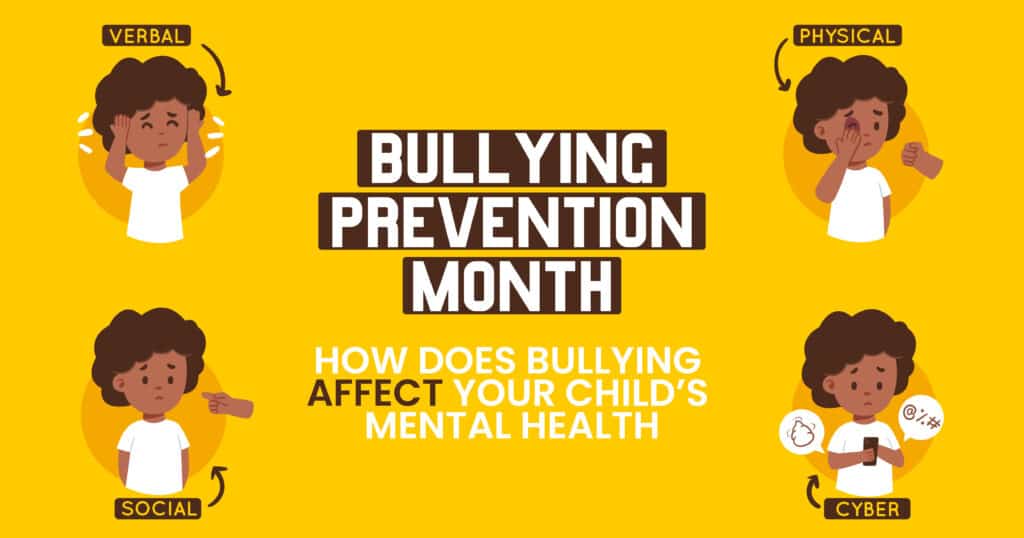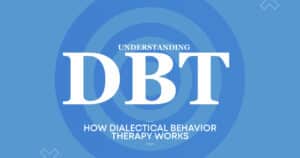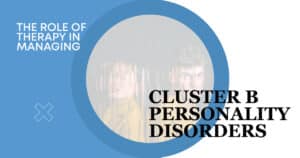Bullying Prevention: A Necessity, Not an Option
Bullying, the age-old scourge that has plagued our schools, workplaces, and online spaces for generations, is a problem that demands our collective attention. It’s not merely a nuisance; it’s a pervasive issue that can have long-lasting and devastating effects on individuals and communities alike. But fear not, for there’s hope on the horizon. In this article, we’re diving deep into the world of bullying prevention, exploring strategies, sharing personal anecdotes, and offering practical advice to create a kinder and safer tomorrow.
So, what exactly is bullying, and why should we care? Let’s unravel this enigma and embark on a journey toward a world where kindness reigns supreme.
Defining the Beast: What Is Bullying?
Unmasking the Bully
Before we can effectively combat bullying, we must understand it. Bullying is a pattern of aggressive behavior intended to hurt, intimidate, or exert power over another person or group. It comes in various forms, including verbal, physical, relational, and cyberbullying. Often, it’s characterized by a power imbalance, with the bully having some perceived advantage over the victim.
Breaking It Down
To comprehend bullying better, let’s dissect its various forms:
- Verbal Bullying: This involves hurtful words, name-calling, teasing, and taunting. Verbal bullies aim to erode their victim’s self-esteem through cruel language.
- Physical Bullying: Here, the aggressor resorts to physical harm, such as hitting, pushing, or even stealing from the victim. It’s the most visible form of bullying.
- Relational Bullying: Often referred to as social bullying, this type targets an individual’s social standing or relationships. It includes spreading rumors, exclusion, and manipulating friendships.
- Cyberbullying: In the digital age, bullying has found a new playground – the internet. Cyberbullies use online platforms to harass, threaten, or shame their victims.
Now that we’ve identified the enemy, let’s delve into the reasons why bullying prevention is crucial.
Why Should We Care?
Bullying isn’t just a rite of passage or a harmless childhood prank. It’s a problem with far-reaching consequences, and here’s why we should care:
Shattered Lives and Broken Spirits
- Emotional Scars: Victims of bullying often carry emotional scars that can last a lifetime. These scars can manifest as depression, anxiety, and low self-esteem.
- Academic and Professional Consequences: Bullying can hinder a person’s ability to perform well in school or at work, potentially jeopardizing their future.
- Long-Term Trauma: The trauma caused by bullying can persist well into adulthood, affecting relationships and overall mental health.
Societal Impact
- Cycle of Violence: Bullies, if left unchecked, are more likely to engage in criminal behavior as adults, perpetuating a cycle of violence.
- Loss of Potential: When individuals are too preoccupied with the effects of bullying, they might not reach their full potential, leading to a loss of talent and creativity for society.
- Economic Costs: Bullying comes with significant economic costs, including healthcare expenses, lost productivity, and legal consequences.
Ethical Responsibility
- Human Dignity: Every person deserves to be treated with respect and dignity. Bullying violates this basic principle of human rights.
- Social Responsibility: As a society, we have a moral obligation to protect our vulnerable members, especially children and adolescents who are often targets of bullying.
- Creating a Kinder World: By preventing bullying, we contribute to the creation of a kinder and more empathetic world where everyone feels safe and valued.
Now that we’ve established the importance of bullying prevention, let’s move on to the actionable steps we can take.
Standing Tall: Strategies for Bullying Prevention
Empowering the Individual
Bullying prevention begins with individuals, and here are some strategies for empowerment:
Building Resilience
- Self-Confidence: Encourage self-confidence in individuals by highlighting their strengths and abilities. This makes them less vulnerable to bullying.
- Problem-Solving Skills: Teach problem-solving skills to help individuals tackle bullying situations effectively.
- Seeking Support: Promote the idea that seeking help is a sign of strength, not weakness. Let individuals know they can confide in trusted adults.
Fostering Empathy
- Teaching Empathy: Schools and parents should prioritize empathy education. When individuals understand the impact of their actions, they are less likely to engage in bullying.
- Inclusive Communities: Create inclusive communities where differences are celebrated, not ridiculed. Emphasize the beauty of diversity.
- Peer Support: Encourage students to support each other. Sometimes, peers can be the best allies in bullying prevention.
School-Based Approaches
Educational institutions play a crucial role in bullying prevention. Here’s how they can contribute:
Comprehensive Policies
- Clear Policies: Schools should have clear, anti-bullying policies in place that are communicated to students, parents, and staff.
- Reporting Mechanisms: Implement a robust reporting system where students can report incidents anonymously if needed.
- Training for Staff: Train teachers and staff to recognize and address bullying effectively.
Cultivating Safe Environments
- Safe Spaces: Create safe spaces where students can discuss their concerns and feelings without fear of judgment.
- Promoting Respect: Establish a culture of respect and kindness, setting an example for students to follow.
- Bystander Intervention: Teach students how to intervene safely when they witness bullying, emphasizing the importance of being an upstander, not a bystander.
Community Engagement
Bullying prevention doesn’t stop at the school gates; it extends to the entire community:
Parental Involvement
- Open Communication: Parents should maintain open lines of communication with their children, encouraging them to share their experiences.
- Support Groups: Create support groups for parents to discuss bullying issues and share strategies.
- Modeling Behavior: Parents should model respectful and empathetic behavior for their children.
Collaboration with Local Organizations
- Partnerships: Schools and communities can collaborate with local organizations that specialize in bullying prevention to enhance their efforts.
- Public Awareness: Launch public awareness campaigns to educate the community about the consequences of bullying.
- Community Events: Organize events that promote unity and kindness within the community.
Not in My Digital Backyard: Combating Cyberbullying
The Dark Side of the Internet
In today’s digital age, cyberbullying has emerged as a prominent form of harassment. To combat it effectively, we need to understand its nuances:
Digital Dangers
- Anonymity: The anonymity offered by the internet emboldens cyberbullies, making them feel invulnerable.
- 24/7 Access: Cyberbullying can happen anytime, anywhere, thanks to the constant connectivity provided by smartphones and computers.
- Permanence: Digital content can spread rapidly and leave a lasting impact, making it difficult to erase.
Cyberbullying Prevention
- Digital Literacy: Teach individuals to navigate the digital world safely, emphasizing the importance of privacy settings and online etiquette.
- Reporting Platforms: Encourage the use of reporting platforms on social media sites to report cyberbullying incidents.
- Parental Guidance: Parents should monitor their children’s online activities and establish rules for responsible internet use.
FAQs: Answering Your Burning Questions
1. Can adults experience bullying too?
Absolutely. While bullying is commonly associated with children and adolescents, it can occur in adult settings as well, such as workplaces and online communities. It’s essential to address bullying across all age groups.
2. What if my child is a bully?
It’s crucial to address this behavior promptly. Talk to your child, find out the reasons behind their actions, and seek professional help if needed. Bullying behavior can often be a sign of underlying issues.
3. Is there a legal aspect to bullying prevention?
Yes, many regions have laws and regulations in place to address bullying in schools and workplaces. Familiarize yourself with local laws and advocate for their enforcement.
4. Can bystanders really make a difference in bullying prevention?
Absolutely! Bystanders have the power to intervene and stop bullying in its tracks. By speaking up and supporting the victim, they can create a safer environment for everyone.
“Watching a loved one battle mental health issues can feel lonely, overwhelming, and hopeless. When it’s your child those feelings are maximized. Our family was shattered and emotionally drained. Hillside provided the all inclusive structure and support needed to help us navigate to a path of healing. I will forever be grateful for Hillside Horizon. Thank you to ALL the staff at the “house”, who played a role in helping my child/family, from the bottom of my heart, thank you.” – Q Bankston
Paving the Way to a Kinder Tomorrow
In a world rife with challenges, bullying stands as a problem that we have the power to eliminate. The responsibility falls upon each one of us, whether we’re parents, educators, community members, or simply concerned individuals. By fostering empathy, implementing effective strategies, and remaining vigilant in our efforts, we can pave the way for a kinder tomorrow.
So, let’s unite in our commitment to bullying prevention, ensuring that no one has to endure the pain and suffering inflicted by this age-old scourge. Together, we can create a world where kindness triumphs and every individual thrives.
Remember, bullying prevention is not just a goal; it’s a necessity, a moral imperative, and a promise for a brighter future. Hillside Horizon for Teens is designed to help adolescents work through the struggles hindering their daily lives. Our mission is to equip teens with healthy coping skills relevant to the present and adaptable to their future. We hereby pledge to walk empathetically alongside those families who entrust us with the safety of their children throughout this life-changing experience of Teen Mental Health Treatment.




